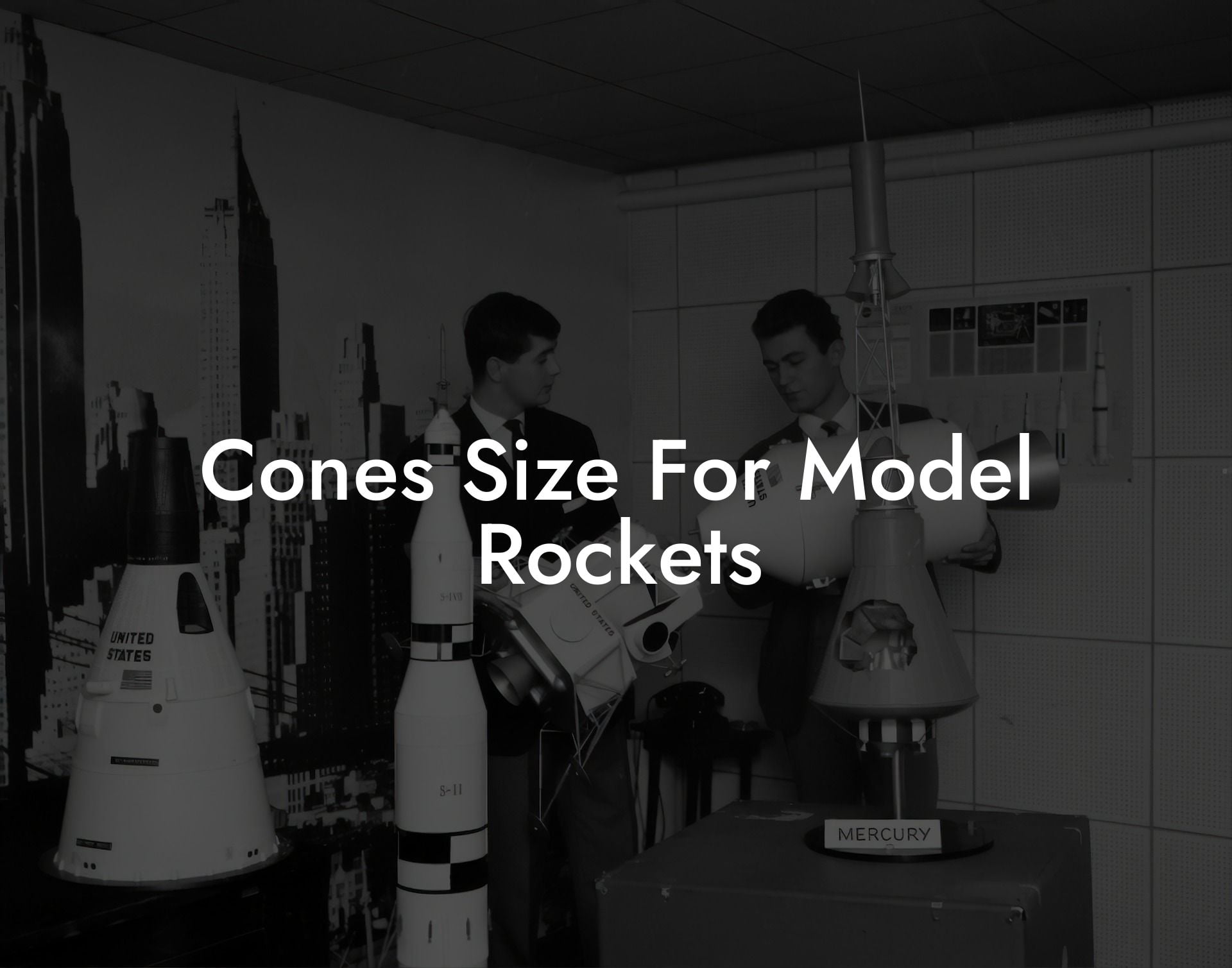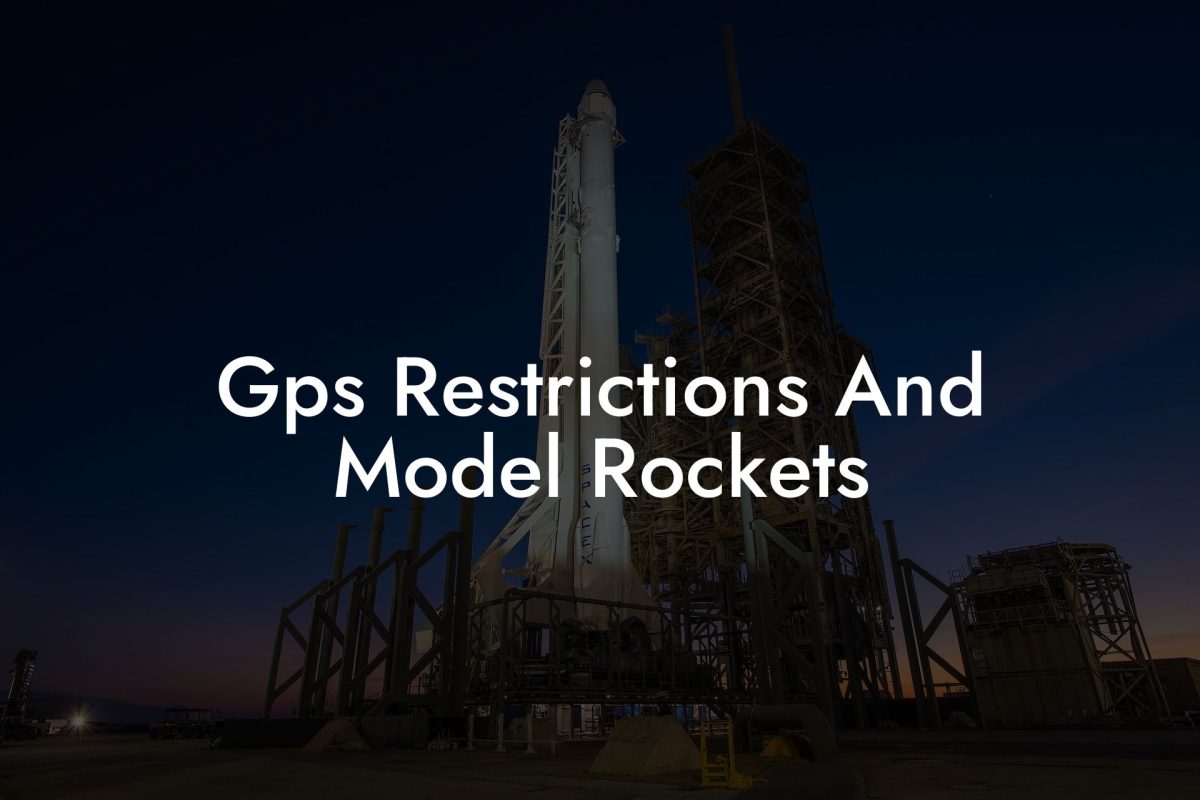Rocket enthusiasts, prepare for liftoff as we dive into the exciting world of model rockets! Whether you're a seasoned pro or an aspiring rocketeer, knowing the ins and outs of cones size for model rockets is essential. After all, the type and size of the nose cone play a crucial role in the rocket's overall performance, affecting its stability and aerodynamics. In this comprehensive guide, we'll delve into the different types of cones, discuss how to select the right one, and provide real-world examples you can use for reference. So strap in, folks – it's time to reach for the stars!
Types of Nose Cones
There are several types of nose cones for model rockets, each with its own aerodynamic advantages and disadvantages. The most common types include:
1. Conical
As the name suggests, conical nose cones are straightforward cones that taper to a point from the rocket's base. This simple design is easy to produce and provides good overall aerodynamic performance, making it a popular choice for beginners and experts alike.
2. Ogive
An ogive nose cone features a curved shape that smoothly transitions from the rocket's base to a point. This type of nose cone is more aerodynamically efficient than a conical nose cone, reducing drag and increasing stability during flight. However, it may be more challenging to produce, especially for those building their model rockets from scratch.
3. Parabolic
Parabolic nose cones are similar to ogives but feature a less pronounced curve. This intermediate option offers a balance between conical and ogive nose cones in terms of aerodynamic performance and ease of production, making them a popular choice for many rocketeers.
Selecting the Right Nose Cone
To choose the right nose cone for your model rocket, consider factors like the rocket's size, weight, and intended flight profile. Here are some key aspects to consider:
1. Overall Performance
Select a nose cone that complements your rocket's design. For example, if you're aiming for maximum altitude or speed, you'll want to opt for a more aerodynamically efficient nose cone like an ogive or parabolic.
2. Stability
The nose cone plays a significant role in the rocket's stability during flight. A well-balanced rocket will have its center of pressure behind its center of gravity. As such, you'll want to select a nose cone that helps maintain this balance to ensure stable flight.
3. Production Method
Whether you're building your model rocket from a kit or from scratch, consider the production method when selecting a nose cone. Some materials, like balsa wood or 3D-printed plastic, lend themselves better to specific nose cone shapes. Factor in your model rocket's construction when deciding which type of nose cone to use.
Cones Size For Model Rockets Example:
Suppose you're building a model rocket with the goal of achieving high altitude, and you've designed your rocket to be relatively lightweight. In this case, an ogive or parabolic nose cone would likely be the best option due to their superior aerodynamics. A simple conic nose cone, while easier to produce and possibly lighter, would introduce more drag and limit your rocket's performance.
We hope this guide to cones size for model rockets has helped clarify the various types of nose cones and their roles in a rocket's performance. By selecting the right nose cone for your rocket, you're well on your way to creating a high-flying, record-breaking model rocket! Don't forget to share this article with fellow rocket enthusiasts, and be sure to explore other guides on Austin Rockets for more tips, tricks, and insights into the world of model rockets. See you in the skies!













